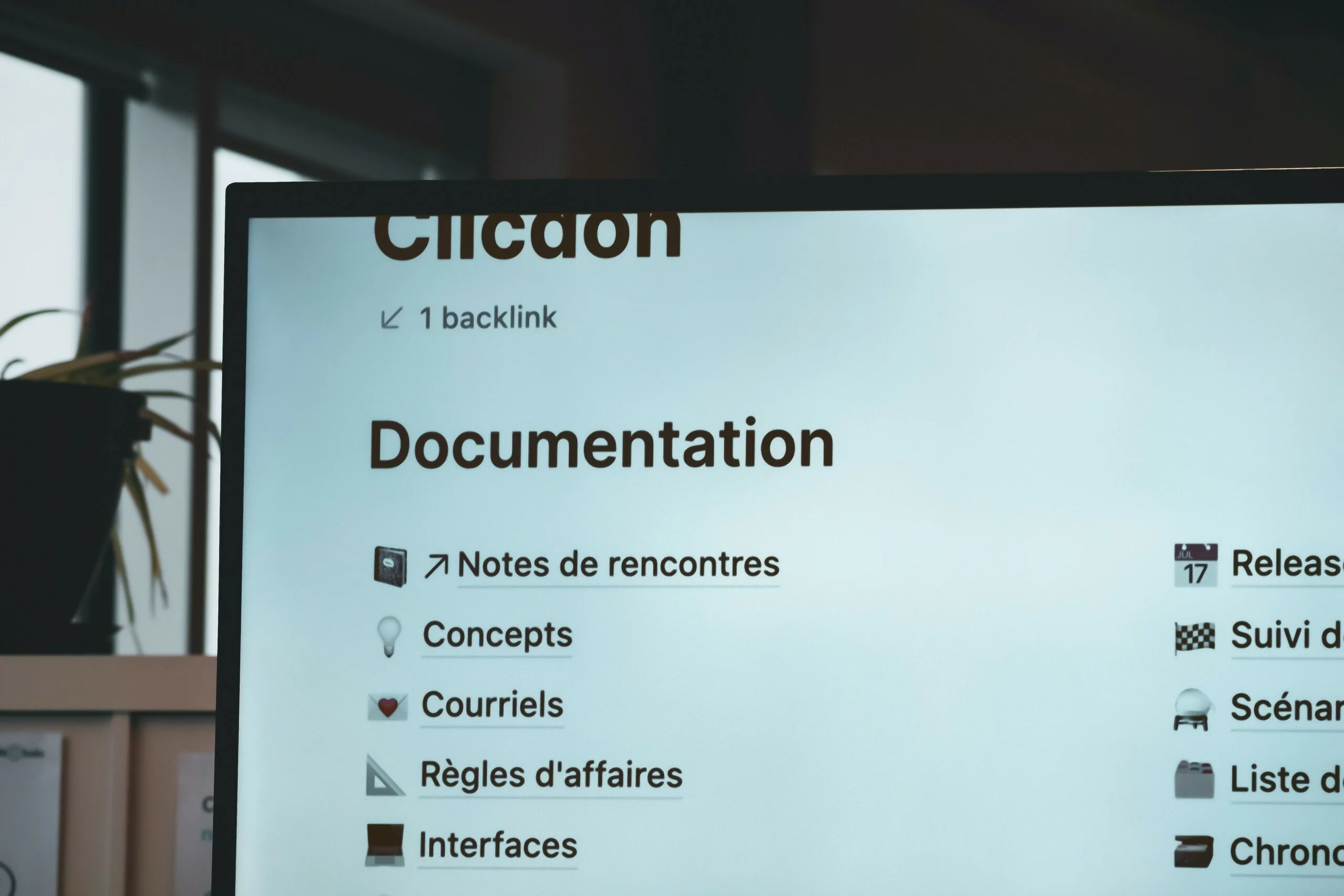Collaborative authoring is a method of producing content using more than one author. Collaborative authoring enables content to be created more quickly, with better quality and provides a more flexible and resilient process.
Collaborative authoring strategies
There are several strategies when using multiple authors. The most common of these are:
- Sequential – Each author is responsible for specific parts of the content and creates their section after the previous author has completed theirs.
- Parallel – Each author is responsible for specific parts of the content and creates their section at the same time as the others. After all sections are complete, the content is pulled together to create the final deliverable.
- Reactive – Each author is responsible for specific parts of the content. As they create their content they adapt the content in response to the content produced by the authors.
However, each of these approaches requires individual authors to work on their own specialist content. Therefore, these still provide a bottleneck at each author and a single point of failure for the process. To realise the benefits of collaborative authoring, a hybrid approach is required. In such an approach authors are able to work on any part of the document in parallel to other authors and, therefore, provide a resilient process.
Benefits of collaborative authoring
Content production processes that use collaborative authoring realise the following benefits:
- Higher quality content – By having a team of writers there is a broader skillset available to contribute to the content production. In addition, multiple authors can peer review each other’s work in an editorial type system.
- Resilient process – Content is often produced as part of a broader system, for example, product development. In these cases the content production is often overlooked as a single point of failure for the system as a whole. Collaborative authoring provides resilience to the content production process, and, therefore, mitigates this risk.
- Flexibility – Processes often experience increased resource requirements. Collaborative authoring enables additional writers to be brought into the process to meet the increased demand. In addition, by having a team with a broad skill set, a broader range of topics and tasks can be addressed as required.
Want to find out more?
Challenges of collaborative authoring
To achieve the benefits of collaborative authoring, technical authoring teams face the following key challenges:
- Consistency of content – Every writer has their own style. Collaborative authoring teams need to control the style used to ensure that quality is maintained. Inconsistent content can lead to misunderstandings, and in automated environments, it can lead to production issues.
- Objectives of the content – As with any team, all members must be pulling in the same direction to ensure that the final objective is achieved.
Implementing collaborative authoring
To overcome the challenges of collaborative authoring and achieve the benefits, technical authoring teams need to focus on the following:
- Provide a clear framework in which authors can operate:
- Framework: The framework provides a clear structure in which the content is created. This enables authors to understand the objective, and to make decisions about creating content.
- Style Guide: The style guide details how content should be written. This ensures that all content created is consistent – consistent terminology, tone of voice, and syntax.
- Template: The template determines the look of the content. This ensures that all content produced looks consistent.
- Monitor the process to ensure controls are used – Peer reviewing content – one author reviews the work of another – ensures adherence to the framework and process. In addition, this enables the second author to also contribute to the content as well as gain exposure to the rest of the content.
Tools required for collaborative authoring
There are many tools available that enable collaborative authoring. When selecting tools for a collaborative authoring process, it is important to ensure that you have the following capabilities:
- Content repository – Fundamental to collaborative authoring is being able to work on the same content. This is achieved by using a common repository for the content. The repository could be as simple as a shared folder, or as complex as a Component Content Management System. Whatever the tool chosen, it must provide a single point of truth for all authors to access.
- Control system (task management) – It is necessary to coordinate the activities of the authors to ensure they are pulling in the right direction. This may just be a simple task management system, but should also include regular meetings.
- Communication – As with all teamwork, communication is important. For collaborative authoring the communication tool also needs to be suitable for handling feedback and input.
- Authoring – With a good content repository in place, almost any authoring tool can be used for creating the content. Although most content created is text-based, the authoring tool may also be a video or graphics package.
Conclusion
Content production is a part of an overall system, for example, product development, so content production needs to be resilient or it will hold up the rest of the process. By having multiple, skilled authors collaborating on creating content not only improves the quality but also provides a quicker, resilient and flexible process.
Related articles

Capturing information and crafting content
Read our guide on capturing information and crafting content

How to ensure your technical documentation works
One of our team explains how you can ensure your documentation works

How to review your documentation with fresh eyes
Being able to review your own work is an underrated skill
